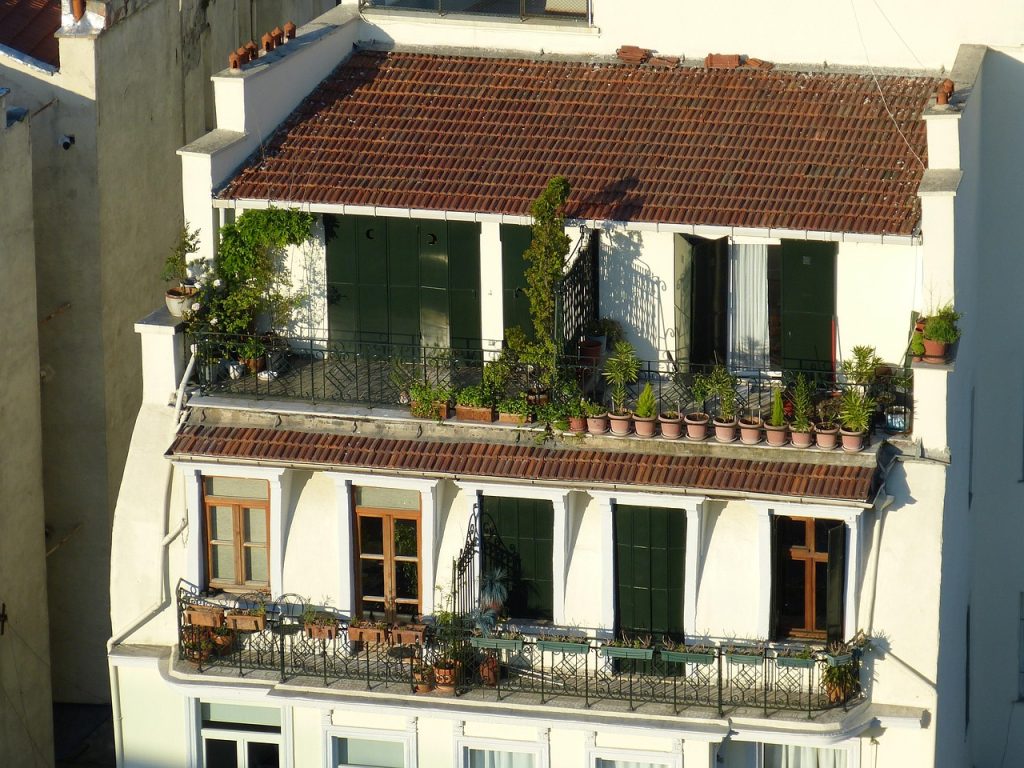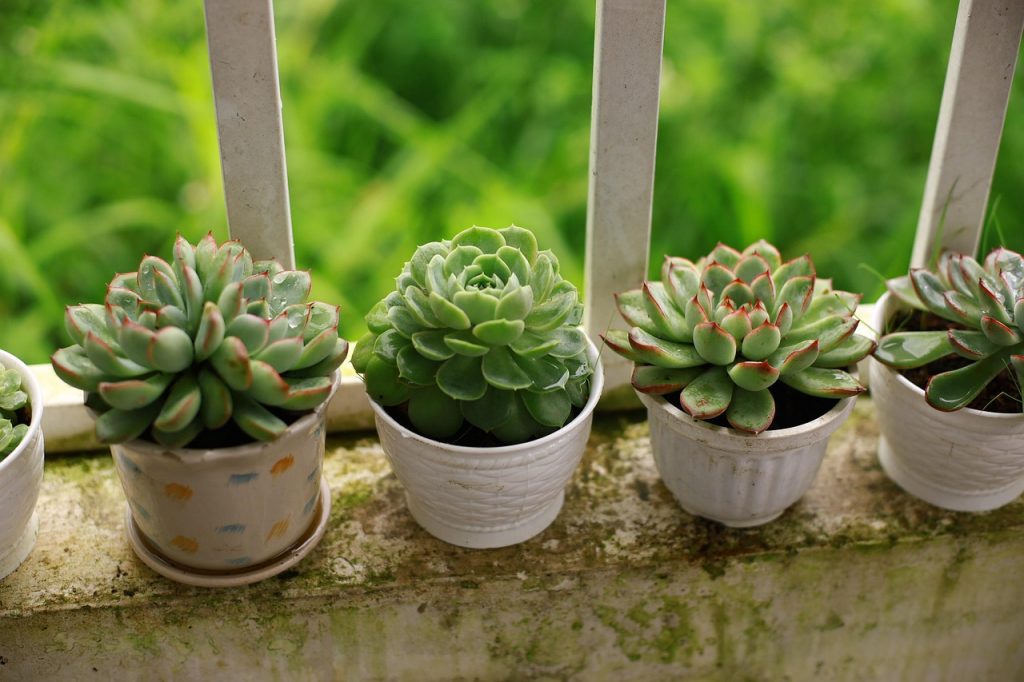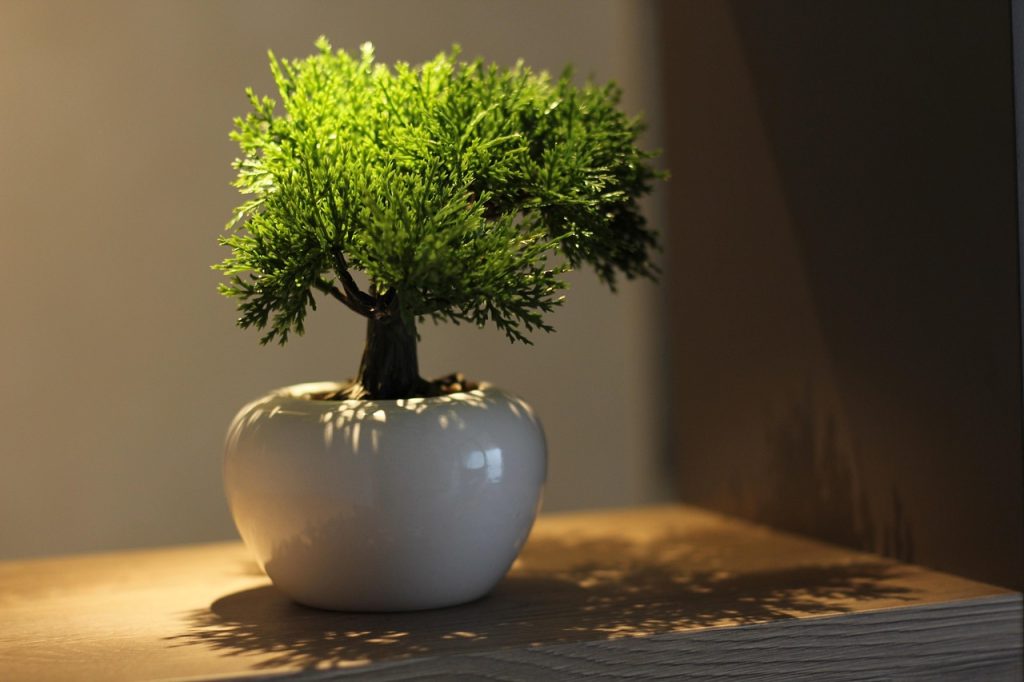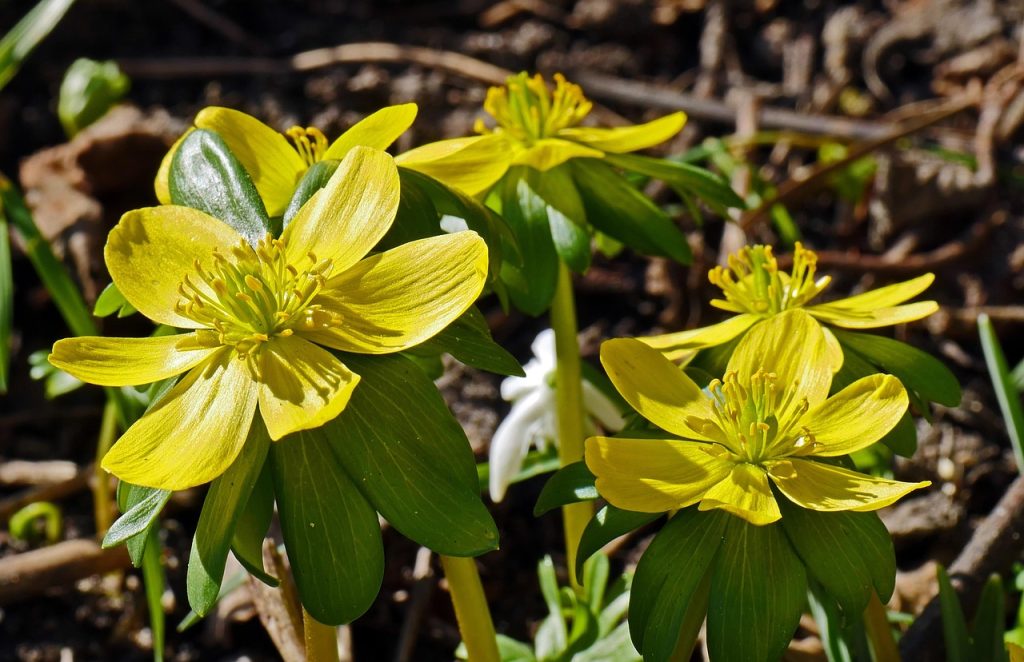If you’ve been struggling with those darker corners of your garden where nothing seems to thrive, you’re not alone. Every gardener faces the challenge of finding the right plants for areas that don’t get much sunlight. The good news is that shade loving plants can transform these challenging spots into lush, vibrant spaces that become the envy of your neighborhood.
Think of your shady garden areas as opportunities rather than limitations. While sun-loving flowers grab most of the attention at garden centers, there’s an incredible world of plants that actually prefer life in the shadows. From delicate ferns to bold hostas, these plants have evolved to thrive where others struggle, making them perfect for those tricky spots under trees, along north-facing walls, or in the shadow of your home.

Understanding Shade in Your Garden
Before diving into the world of shade loving plants, it’s important to understand what type of shade you’re dealing with. Not all shade is created equal, and matching the right plant to the right conditions makes all the difference between success and disappointment.
Full shade means an area receives less than three hours of direct sunlight daily. These spots are typically found under dense tree canopies or on the north side of buildings. Partial shade describes areas that get three to six hours of sunlight, usually in the morning or late afternoon when the sun’s rays are gentler. Dappled shade occurs under trees with looser canopies, where sunlight filters through leaves creating a spotted pattern throughout the day.
The quality of shade also matters. Dry shade under mature trees presents different challenges than moist shade near a north-facing wall. Understanding these nuances helps you select plants that won’t just survive but actually flourish in your specific conditions.
Best Shade Loving Plants for Every Garden
When it comes to selecting the best shade loving plants, variety is your friend. Mixing different textures, heights, and bloom times creates visual interest and ensures your shade garden looks stunning throughout the growing season.
Hostas remain the undisputed champions of the shade garden, and for good reason. These reliable perennials come in hundreds of varieties, from miniature types perfect for containers to giant specimens with leaves the size of dinner plates. Their foliage ranges from deep blue-green to chartreuse, often with striking variegation that brightens dark corners.
Astilbes bring feathery plumes of color to shady spots from late spring through summer. These moisture-loving perennials produce flowers in shades of pink, red, white, and purple that seem to glow in filtered light. They’re particularly stunning when planted in masses along shaded pathways or borders.
For those seeking year-round interest, ferns offer unmatched elegance. Japanese painted ferns showcase silvery fronds with hints of burgundy, while autumn ferns provide bronze new growth that matures to green. These ancient plants add a prehistoric charm to shade gardens and require minimal maintenance once established.
Perennial Shade Loving Plants That Come Back Year After Year
Investing in perennial shade loving plants means you’ll enjoy returns on your gardening efforts for years to come. These reliable performers establish strong root systems and return bigger and better each spring.
Coral bells (Heuchera) have revolutionized shade gardening with their incredible foliage colors. Modern varieties sport leaves in burgundy, lime green, orange, and silver, often with intricate veining patterns. While they produce delicate flower spikes, it’s really the foliage that steals the show from spring through fall.
Bleeding hearts bring old-fashioned charm to shade gardens with their distinctive heart-shaped flowers dangling from arching stems. The classic pink variety remains popular, but white and gold varieties offer exciting alternatives. After blooming in spring, their ferny foliage provides texture through summer.
Solomon’s seal creates architectural interest with its graceful arching stems and dangling white flowers. This native plant spreads slowly to form impressive colonies, making it perfect for naturalizing in woodland settings. The golden fall color adds a final flourish before winter dormancy.
Tall Shade Loving Plants for Impact and Privacy
Creating layers in your shade garden adds depth and visual appeal. Tall shade loving plants serve as living backdrops, privacy screens, and focal points that draw the eye upward.
Foxgloves tower above other shade plants with their spectacular spikes of tubular flowers. While technically biennials, they self-seed freely, ensuring a constant supply of these cottage garden favorites. Their vertical growth makes them perfect for tight spaces where horizontal room is limited.
For a tropical touch in temperate gardens, consider adding hardy gingers. These tall shade loving plants produce exotic-looking flowers and lush foliage that creates an instant jungle atmosphere. Many varieties are surprisingly cold-hardy, surviving winters in zones as cold as zone 7.
Japanese forest grass forms graceful mounds that can reach three feet tall and wide. The cascading foliage moves beautifully in the breeze, adding motion and sound to quiet shade gardens. Golden varieties literally glow in dark corners, creating the illusion of dappled sunlight.

Shade Loving Plants and Flowers That Bloom in Low Light
Who says shade gardens can’t be colorful? Many shade loving plants and flowers produce stunning blooms that seem to shine in low light conditions.
Impatiens remain the go-to annual for instant color in shady spots. These tireless bloomers produce flowers from spring until frost in an incredible range of colors. New varieties offer improved disease resistance and novel flower forms, including doubles that resemble tiny roses.
Begonias thrive in shade with both beautiful flowers and decorative foliage. Wax begonias provide non-stop color for borders and containers, while tuberous begonias produce showstopping blooms that rival any sun-loving flower. Dragon wing begonias offer the best of both worlds with glossy leaves and cascading flowers.
For spring color, nothing beats a carpet of woodland wildflowers. Virginia bluebells, trilliums, and bloodroot emerge early, bloom spectacularly, then politely disappear as summer perennials take over. This succession planting ensures continuous interest throughout the growing season.
Shade Loving Plants for Containers and Small Spaces
Don’t have a garden? No problem! Shade loving plants for containers let you create gorgeous displays on patios, balconies, and doorsteps that don’t get much sun.
When selecting shade loving plants for pots, consider combining plants with different textures and growth habits. A classic thriller-filler-spiller combination might include a tall fern as the thriller, coral bells as fillers, and trailing ivy as the spiller. This creates a professional-looking arrangement with minimal effort.
Container gardens in shade need special attention to watering since they can’t rely on rainfall reaching them under overhangs or dense tree canopies. However, the flip side is that shade loving plants in containers typically need less water than their sun-baking counterparts.
Consider using light-colored containers in shady areas to add brightness and prevent roots from overheating on the occasional sunny day. Glazed ceramic pots retain moisture better than terra cotta, reducing watering frequency for busy gardeners.
Regional Considerations for Shade Gardens
Shade Loving Plants Zone 9
Gardeners in zone 9 enjoy a long growing season that allows for an extended palette of shade loving plants. This warm climate opens doors to tropical and subtropical species that wouldn’t survive in colder regions.
Caladiums thrive in zone 9 shade gardens, producing heart-shaped leaves in stunning color combinations. These tropical bulbs can be left in the ground year-round in zone 9, forming larger colonies each year. Their bold foliage creates instant impact in borders or containers.
Cast iron plants live up to their name in zone 9, tolerating deep shade and neglect with remarkable grace. These tough evergreens provide year-round structure and can handle the dry shade that defeats many other plants.
Shade Loving Plants Florida
Florida gardeners face unique challenges with their shade loving plants, dealing with high humidity, sandy soil, and the occasional hurricane. Fortunately, many plants have adapted to these conditions.
Peace lilies flourish in Florida’s humid shade, producing elegant white flowers and glossy green leaves year-round. These tropical natives can grow quite large in the ground, creating dramatic focal points in shade gardens.
Bromeliads add exotic flair to Florida shade gardens, collecting water in their central cups and producing vibrant flower spikes. Many varieties can be mounted on trees or driftwood, creating living sculptures in the landscape.
Shade Loving Plants Zone 7
Zone 7 gardeners enjoy a sweet spot where many shade loving plants thrive. The moderate climate supports both cool-season and warm-season shade plants with proper selection.
Hellebores, also known as Lenten roses, provide late winter and early spring blooms when little else is flowering. These evergreen perennials have become increasingly popular, with new hybrids offering double flowers and exciting color combinations.
Japanese forest grass and hakonechloa create stunning effects in zone 7 shade gardens. These ornamental grasses add movement and texture while requiring minimal maintenance once established.

Creating Your Shade Garden Design
Designing a shade garden requires thinking beyond just flower color. Since many shade loving plants are grown primarily for foliage, texture and form become even more important design elements.
Start by establishing structure with evergreen shade plants that provide year-round interest. Rhododendrons, azaleas, and mountain laurels offer both flowers and persistent foliage. Add layers with medium-sized perennials, then fill in with groundcovers and bulbs.
Consider the viewing angle when planning your shade garden. Plants along pathways should be lower growing to avoid obstruction, while those viewed from windows can be taller. Use repetition of key plants to create rhythm and unity throughout the design.
Don’t forget about hardscaping elements. A bench nestled in a shady nook becomes a cool retreat on hot summer days. Pathways through shade gardens can use materials like mulch or moss that might not hold up in sunnier locations.
Caring for Your Shade Loving Plants
While shade loving plants generally require less maintenance than sun-loving varieties, they still benefit from proper care to look their best.
Soil Preparation and Improvement
Most shade loving plants prefer rich, organic soil that retains moisture but drains well. This might seem contradictory, but think of forest soil – it’s full of decomposed leaves that hold moisture while still allowing excess water to drain away.
Before planting, amend your soil with compost or well-rotted manure. This improves both drainage in clay soils and water retention in sandy soils. A layer of organic mulch helps maintain soil moisture and gradually breaks down to enrich the soil further.
Watering Strategies for Shade Gardens
Even though shade loving plants generally need less water than sun lovers, they still require consistent moisture, especially during establishment. The challenge is that rain often doesn’t reach plants under tree canopies or building overhangs.
Water deeply but less frequently to encourage deep root growth. Morning watering is ideal, giving plants time to absorb moisture before evening. Drip irrigation or soaker hoses work well for shade gardens, delivering water directly to root zones without wetting foliage.
Fertilizing Shade Plants
Shade loving plants typically need less fertilizer than their sun-loving counterparts since they grow more slowly. Over-fertilizing can actually cause problems, producing soft growth susceptible to pests and diseases.
A spring application of balanced, slow-release fertilizer usually suffices for most shade perennials. Supplement with compost or organic matter annually to maintain soil health. Container plants need more frequent feeding since nutrients leach out with regular watering.
Common Challenges and Solutions
Every garden has its challenges, and shade gardens are no exception. However, most problems have straightforward solutions once you understand the underlying causes.
Slugs and snails love the cool, moist conditions that many shade loving plants prefer. Rather than reaching for harsh chemicals, try organic solutions like copper barriers, diatomaceous earth, or beer traps. Encouraging natural predators like birds and ground beetles also helps keep populations in check.
Poor air circulation in shaded areas can lead to fungal diseases. Space plants appropriately and thin overcrowded growth to improve airflow. Water at soil level rather than overhead to keep foliage dry. Remove diseased leaves promptly to prevent spread.
Competition from tree roots can make establishing new plants challenging. Create planting pockets by adding raised beds or containers. When planting directly in root-filled soil, start with smaller plants that can establish themselves between existing roots more easily than large specimens.

Seasonal Interest in the Shade Garden
A well-planned shade garden offers something special in every season, proving that these spaces need never be boring or static.
Spring brings ephemeral wildflowers and early bulbs that bloom before tree canopies leaf out. Summer showcases the full glory of foliage plants with their varied textures and colors. Fall delivers surprising color from plants like foam flowers and certain hostas that turn golden. Even winter has its moments with evergreen ferns and the architectural beauty of bare stems against snow.
Frequently Asked Questions
Hostas, ferns, and astilbes top the list for beginners. These forgiving plants establish quickly, require minimal care, and provide reliable performance year after year. Start with these proven winners before experimenting with more challenging varieties.
While most vegetables need full sun, leafy greens like lettuce, spinach, and kale tolerate partial shade well. These cool-season crops actually benefit from afternoon shade in hot climates. Root vegetables like radishes and beets can also handle some shade, though they’ll grow more slowly.
Choose plants with light-colored or variegated foliage to create the illusion of brightness. White or pale flowers also seem to glow in shade. Consider adding a light-colored garden ornament or painting nearby walls a pale color to reflect more light into the area.
The most common cause is choosing plants unsuited to your specific conditions. Dry shade under trees requires different plants than moist shade by a building. Also check for proper drainage – many shade plants rot in waterlogged soil despite preferring consistent moisture.
Most shade perennials benefit from division every three to five years. Spring division works well for summer and fall bloomers, while early fall is ideal for spring bloomers. Hostas can go longer between divisions, but produce more vigorous growth when divided regularly.
With the right selection of shade-loving plants and proper care, those challenging dark areas of your garden can become some of your favorite spaces. Whether you’re working with dry shade under mature trees, creating a container garden for a north-facing patio, or planning a woodland garden from scratch, there’s a perfect palette of plants waiting to transform your shady spaces into thriving gardens.